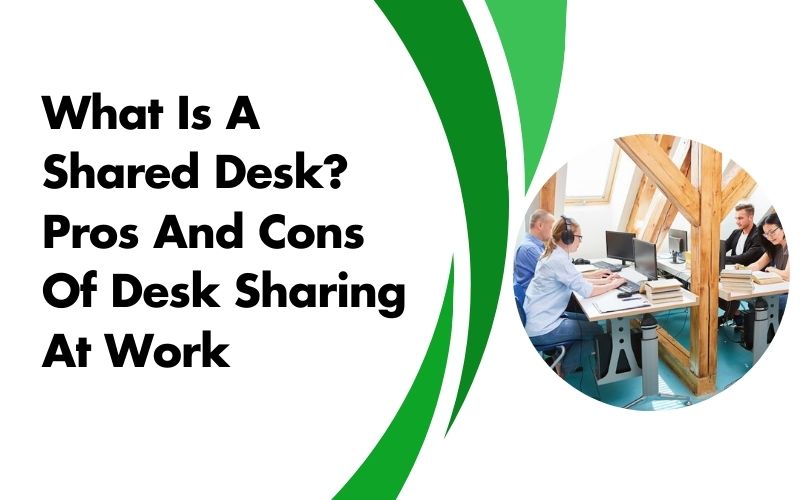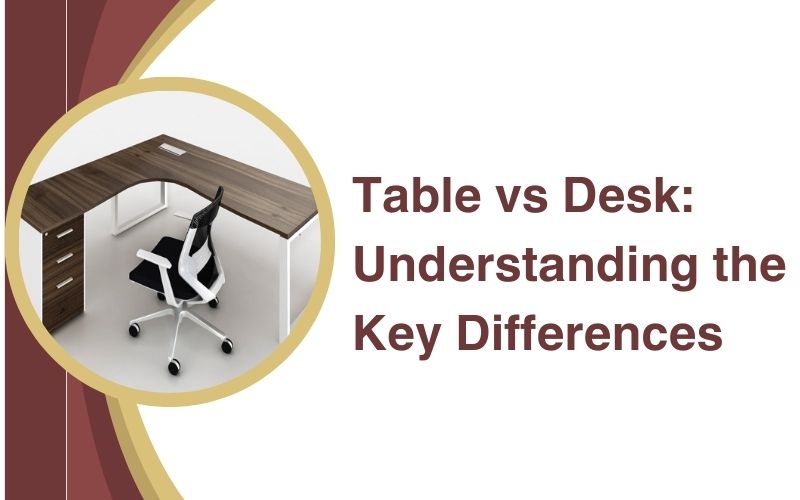As organizations strive for more efficient workplace setups and operations, a popular trend has emerged: the adoption of desk-sharing systems. This innovative approach to office culture has maximized space utilization and significantly boosted employee productivity. This blog delves into shared desk trends, their advantages, and potential drawbacks.
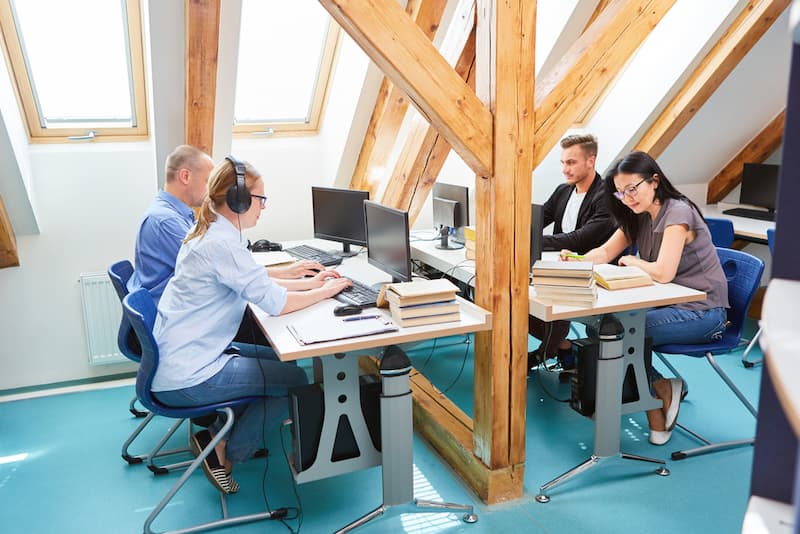
What is a Shared Desk?
A shared desk is a workspace shared by one, two, or more employees on a rotating basis. Employees don’t have a permanent designated desk. The shared desk arrangement is a broader strategy known as desk sharing or hot desking, aiming to maximize office space utilization and promote productivity and flexibility.
In a traditional office furniture setup, every employee has a designated desk. These desks become their space with personal items like photos, plants, and other belongings. However, with the evolution of working patterns and employees focusing more on remote and flexible schedules, the necessity of designated desks remained the same. This reduced necessity and new working patterns help nurture the concept of shared desks.
By implementing the desk-sharing system, companies reduced the required number of desks, leading to significant cost savings on office space. Shared desks encourage a dynamic and collaborative work environment, helping employees no longer confine themselves to one spot every day.

The Evolution of Office Spaces
Traditional office setup featured personal desks, cubicles, and dedicated spaces. However, the office desk-sharing concept was adopted with increased remote work and flexible hours. This shift mirrors broader changes in how we view workspaces and increase in productivity.
From Traditional to Flexible
In the past, office spaces focused on individual workstations. Employees had a personal desk surrounded by cubicles, creating a sense of privacy and ownership. Traditional offices provide dedicated spaces for every worker, reflecting a work culture that values stability and permanence. Employees used to come to the same desk daily and decorate it with family photos, decorations, and other personal items.
The Impact of Remote Work and Flexible Hours
However, drastic changes have come in the work landscape over the past few decades. The rise of remote work and flexible hours has been a game changer, allowing employees to work virtually from anywhere. Tools like video conferencing and collaborative platforms made the remote work experience possible and productive without being physically present in the office.
The Shift to Shared Desks
With remote work in the majority, the need for dedicated desks in the office has decreased. The shift from designated desks to shared desks was fast. This shift towards desk sharing provides a broader transformation in utilizing workspaces. Modern work environments emphasize efficiency, flexibility, and adaptability rather than seeing the office as static, where employees are forced to sit on their designated desks.
Pros of Desk Sharing

- Cost Efficiency
The most significant benefit of desk sharing is cost efficiency. The traditional office setup has a designated desk for each employee, leading to considerable underutilized space and cost. However, with the rise of remote and flexible working arrangements and the desk-sharing system, companies have drastically reduced the number of desks. The desk-sharing process helps them optimize the use of office space.
- Flexibility and Mobility
Another benefit of shared desks is the flexibility and mobility they offer to employees. In a traditional office setup, employees sit on a specific desk, which limits their ability to choose a workspace they are comfortable with. However, with a shared desk process, employees can sit based on their mood or tasks.
For instance, employees may love a quiet corner to concentrate on their work or need a collaborative workspace to work with their team. This ability to move according to work needs enhances productivity and creates job satisfaction.
- Enhance Collaboration
A shared desk system promotes enhanced collaboration among employees. Desk sharing breaks down the barriers set up by the traditional office environment. It encourages the employees to sit in various office areas and interact with each other. The constant change in seating arrangement leads to spontaneous conversations and interactions. When employees from different departments sit near each other, they are more likely to exchange ideas and perspectives.
For instance, a marketing professional sitting next to a software developer will lead to a conversation that sparks new marketing ideas or strategies influenced by the latest technological trends.
Cons of Desk Sharing

- Lack of Personal Space
Undoubtedly, desk sharing gives new ideas by collaborating with new people, but it also has a downside. The downside of desk sharing is the need for more personal space at work. Employees may miss the traditional setup with a dedicated area to personalize with photos, plants, or other items.
- Hygiene Concerns
Shared desks raise hygiene concerns. When different people use the same desk, the risk of spreading germs increases. While sharing desks, regular cleaning and hygiene protocols are essential to mitigate the spreading of germs. If you want to know how to clean office chair mesh, so you also read our blogs and get better knowledge about it.
- Management and Coordination
Implementing a desk-sharing system requires careful planning and coordination. Companies must ensure enough desks are available for everyone, which can be challenging if many employees are simultaneously in the office.
Implementing a Desk-Sharing System
Implementing a desk-sharing system takes work. It requires thoughtful planning and a deep understanding of organizations’ and employees’ preferences. Let’s look at some steps an organization needs to create an effective desk-sharing environment.
- Assessing Specific Needs
Before implementing the desk-sharing system, companies must thoroughly assess their specific requirements. This involves understanding the nature of work, the number of employees, and office usage patterns.
- Workspace Design
The physical design of the office is a crucial aspect of implementing a desk-sharing system. The layout should include a variety of workspaces to accommodate different tasks, such as quiet zones for focused work, collaborative areas for team meetings, and casual spaces for informal interactions. Ergonomic modular furniture, good lighting, and access to necessary office supplies are also essential to ensure employee comfort and productivity.
- Hygiene and Maintenance
Maintaining hygiene is a crucial concern for multiple employees using the same desks. Companies should establish a robust cleaning schedule to sanitize shared desks regularly. Providing cleaning supplies, such as disinfectant wipes, for employees to use before and after a desk can also help maintain cleanliness.
- Monitoring and Adjusting
Finally, it’s essential to continuously monitor the effectiveness of the desk-sharing system and be willing to make adjustments as needed. Regularly reviewing usage patterns, employee satisfaction, and overall productivity can help identify areas for improvement. Being flexible and open to change is crucial to the long-term success of a desk-sharing environment.
Conclusion
The shared desk process is a great initiative to enhance employee productivity. Although it may have numerous challenges, it is a modern technique that encourages minimalistic practices and saves money and resources in the long run. By understanding these pros and cons, companies can make informed decisions about implementing desk-sharing systems.
Frequently Asked Questions (FAQs)
Q.1 What is the term for desk sharing?
The term for desk sharing is hot desking. It is an office setup in which employees need their personal and dedicated workspace. Managers share available workspaces with their employees.
Q.2 What is the difference between a hot desk and a shared desk?
A hot desk is a flexible, first-come, first-served workstation, while specific employees use a shared desk on a rotating schedule, offering structure and efficiency. Hot desks suit remote workers; shared desks suit part-time or job-sharing employees.
Q.3 Is hot desking a good idea?
Hot desking is suitable for organizations with flexible working environments. It promotes collaboration and efficient use of resources and office space. However, it may cause inconvenience for employees who prefer a consistent workspace and personal space.
Q.4 What is another word for shared office?
Another word for shared office is coworking space. It is a shared office space where independent workers, remote employees, and freelancers can work together.

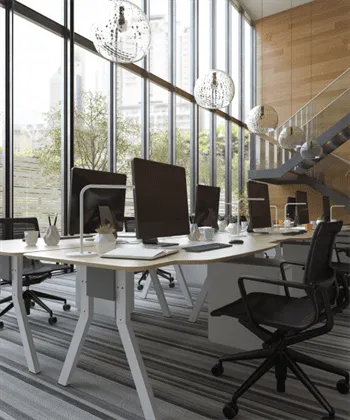 Workstations
Workstations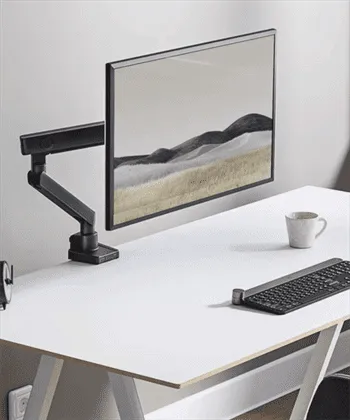 Monitor Arms
Monitor Arms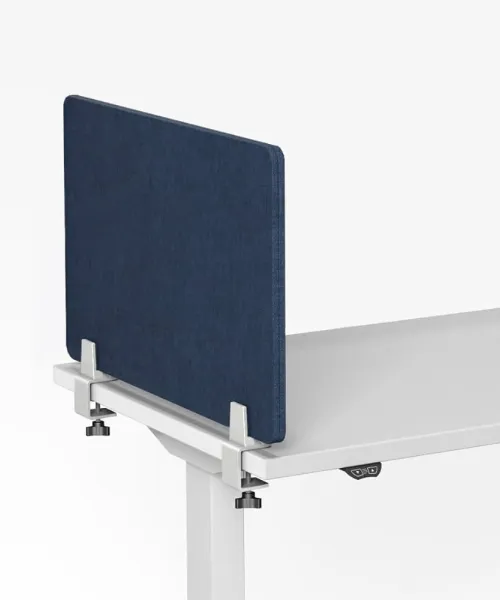 Dividers
Dividers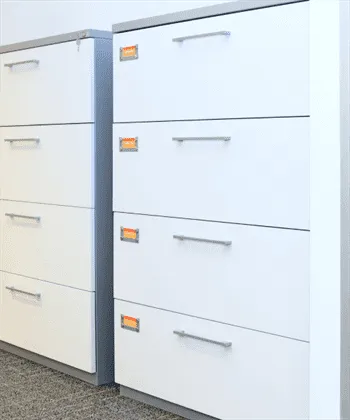 Storage
Storage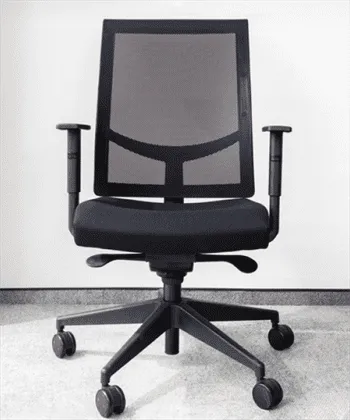 Seatings
Seatings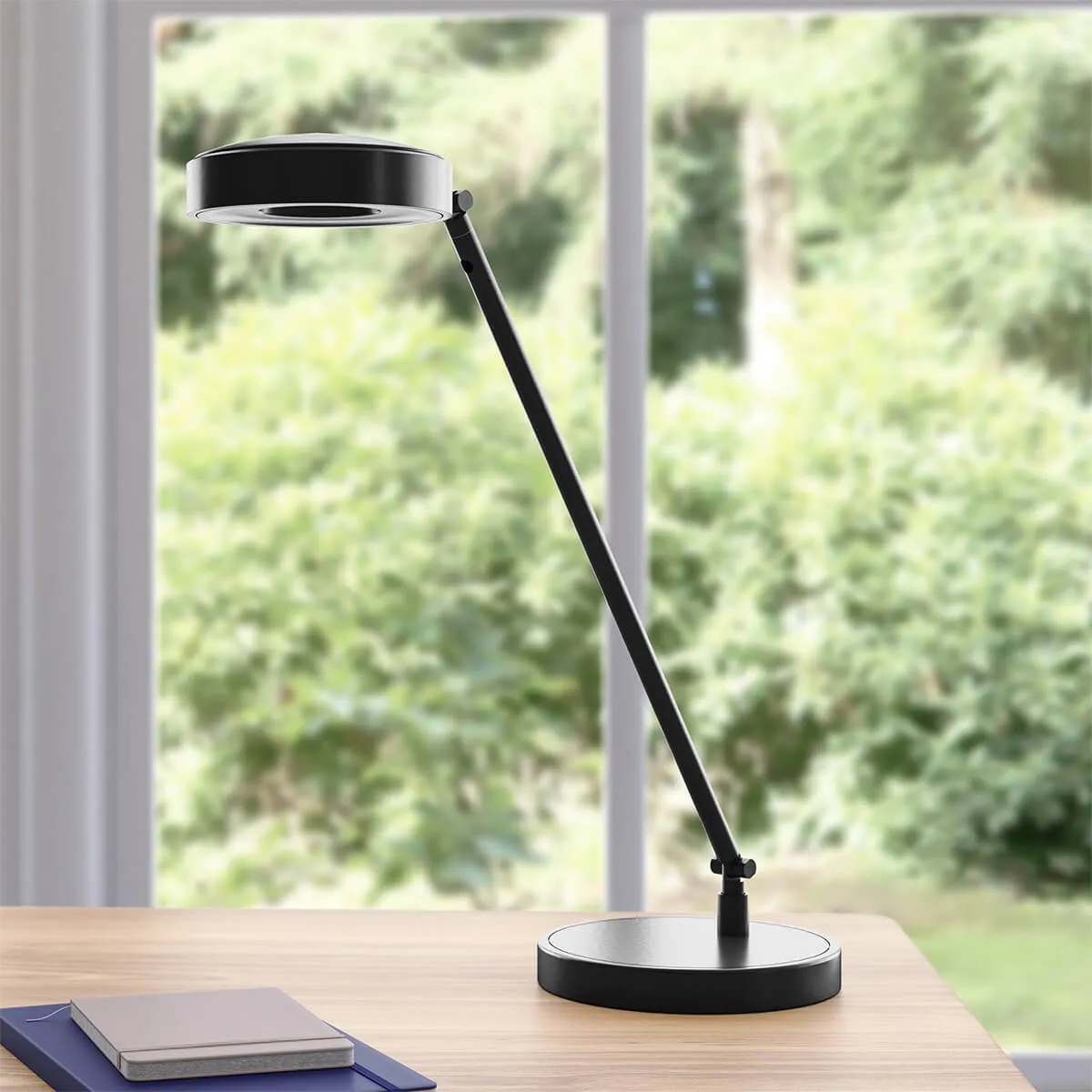 Accessories
Accessories